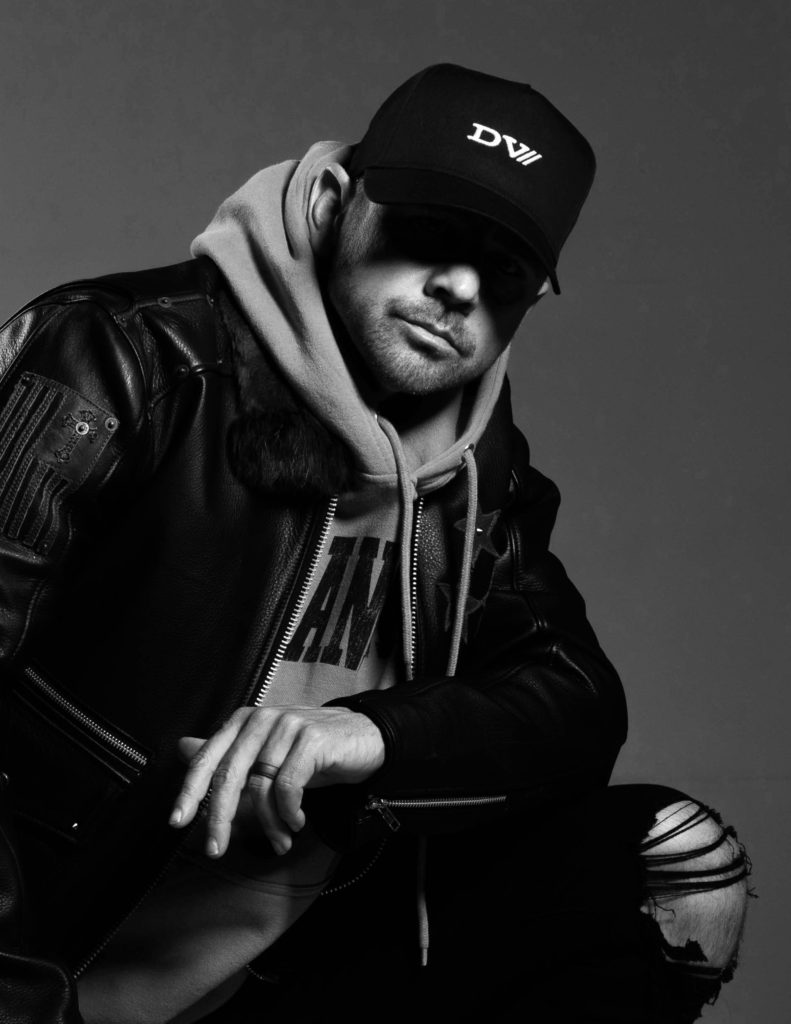Discover the 4 elements you’ll need to Create a solid Brand identity that will insure your content feels cohesive. 5 min Read
THE 4 MOST CRITICAL ASSETS TO DESIGNING YOUR BRAND
No. A logo and brand are not the same things.
Even though the two terms are often used interchangeably, they describe completely different processes.
A logo is how companies first communicate their corporate identity with consumers. And is merely a digital asset. It’s the foundation of your brand identity, distinguishes you from the competition, and invites new customers to get to know you. A logo by itself is a graphic element that acts as a symbol of your company. It’s not the entirety of your brand but rather just one part of crafting a brand identity.
A Brand is much deeper than that. It has a reputation, a body of work and stands for something.
If you’re looking to develop a strong brand identity, it’s important to understand what a brand is and what it takes to design one. Creating a brand requires thoughtful consideration of what makes you different. It involves aligning the graphic elements of your brand with your brand message –
Proper Branding communicates what you stand for and what you do to help the customer, better than the competition.
In this article we will look into creative assets beyond just a logo that will help design your Brand identity. Let’s look at the art of designing a brand.
The Art in Branding – The Key to Effective Marketing
To market anything – a person, a business, a product, or an idea – you need a brand.
A reputation.
A brand is key to differentiating yourself in any crowded marketplace. It lays the critical groundwork for developing customer loyalty and a competitive advantage. In the end, your business needs to make a personal connection with its audience in order to carve out a niche for itself.
As far as foundational elements you will need to make a solid identity, A brand consists of four elements:
- Visual identity
- Brand voice
- Perceived brand value
- Brand personality
These four elements come together to create a unique image that determines how people perceive and interact with your business. Designing a brand is about more than just finding the logo to go on a coffee cup; it’s about crafting a personality that communicates the core elements of who you are.
For this to happen, you have to merge the right brand strategy with the perfect art design elements.
So, how do you go about developing a brand identity?
How to Design a Unique and Memorable Brand
Ultimately, your business leaves an impression on your customers long after you’ve made the sale. As the embodiment of everything your company is and does, it’s imperative to get your brand identity right the first time around. Here’s how you can do that.
Step 1: Predesign
How do you want your brand to be perceived? The strength of your brand identity comes from a clear-sighted definition and articulation of your large brand voice. Simply put, your brand message informs its artistic elements. These artistic directions should be rooted in connecting with your target audience.
What are the aesthetics you customers like?
Step 2: Crafting a visual brand identity
Visual identity is a collection of all the visual elements that represent your brand. By consolidating every visible component of your brand into a cohesive aesthetic, you can create a recognizable and memorable brand. Your visual identity is built on the foundation of your brand image. It uses consistent, strategic visuals to communicate what you value and what you have to offer.
The visual cues of your brand will, over time, foster emotional connections with your customers and even come to trigger memories. Be cautious as you design the aesthetic or vibe of your brand. It’s an incredibly difficult thing to change.
Think of it this way – What would happen if Coca-Cola completely changed every aspect of its visual identity, from the classic white logo in the distinctive red background to the shape of its bottles? It would cease to be Coca-Cola in the eyes of consumers. The brand would no longer feel authentic or evoke the same feelings.
That’s not to say your logo can’t evolve with time. It absolutely can. However, the core elements that make your brand instantly recognizable must remain unaltered.
To craft a great Brand Identity we recommend always starting by making what is known as “A style guide”
Step 3: Design your Styleguide
Every Brand needs a styleguide. This will become a general guide to reference all your content you create over the course of doing business. Its will keep you in line and insure all your marketing materials are cohesive and feel “on brand”
- Logos
Your brand’s insignia will forever be the “face” of your business. A well-designed logo communicates your brand message and allows people to quickly identify and recall your brand. For instance, the Nike swoosh logo is instantly recognizable. You know exactly what to expect when you see it. Nike empowers people to strive for their goals. There’s a simplicity to the logo that’s both timeless and engaging. And this is what you should aim to achieve with your logo.
- Brand colors
In works of art, color is used to depict and describe the subject. It portrays mood, gives depth, and allows an artist to share their point of view with the world. In branding, colors are used to impact consumers’ impressions of a brand.
Colors have a powerful effect on human emotions. Blue is soothing, calming, and refreshing. Red, on the other hand, is quite effective at grabbing attention as it’s associated with excitement, action, passion, and danger. Every color has meaning, so choose colors that communicate your brand personality.
- Website and online Personas
Talk about first impressions.
All your online personas should follow the same design layout. Same messaging fonts, colors and image aesthetics. If you fail to do this it will create confusion to your audience.
As far as your website goes, everything from the layout, images, and graphics to functionality and ease of use has to be taken into consideration. Good and fresh content is necessary to build the visitor’s interest and entice them to get involved. Focus your website on your audience’s needs and what they want to see from you rather than what you’re selling.
- Font design
Font choice is a critical element of logo design. You can completely change your brand’s mood and message just by altering the font. Like colors, fonts have the ability to influence thoughts and emotions. Serif fonts, for instance, are a timeless classic in brand design. These fonts work best for companies that want to exert legacy and sophistication. In contrast, sans serif fonts are minimalistic and straightforward yet playful – think Google, Netflix, and Facebook logos.
There’s also the matter of company communications. The fonts should be clean, modern, and professional. You’ll need to pick three fonts for your headings, subheadings, and paragraphs and make sure they’re cohesive.
Pick one avatar for all your channels, and make sure it’s something that’s instantly recognizable about your brand – like your logos. Make sure you have a consistent handle, logo, color scheme, boilerplate, and bio. On that note, extend your visual branding to your images, graphics and videos wherever you can be found online.
Oh, and have a personality. Users want to connect to the human side of your brand.
- Image Aesthetic
Branding was all about print media and broadcast ads back in the day. Now, the internet has become the most powerful branding platform.
Your online persona reflects your brand identity and values. Everything you create, share or react to becomes part of your public narrative. It fuels your brand image and influences how people perceive you. For this reason, your social media art has to match your brand persona and brand aesthetic. And this must be consistent across every platform.
Decide what image aesthetic your target market likes and stay within the confines of your style guide.
Make Your Mark with the Dream Team
Here at DreamVision, we can bring your brand to life through the power of storytelling. Get in touch so we can help you infuse your brand personality into everything you do.



